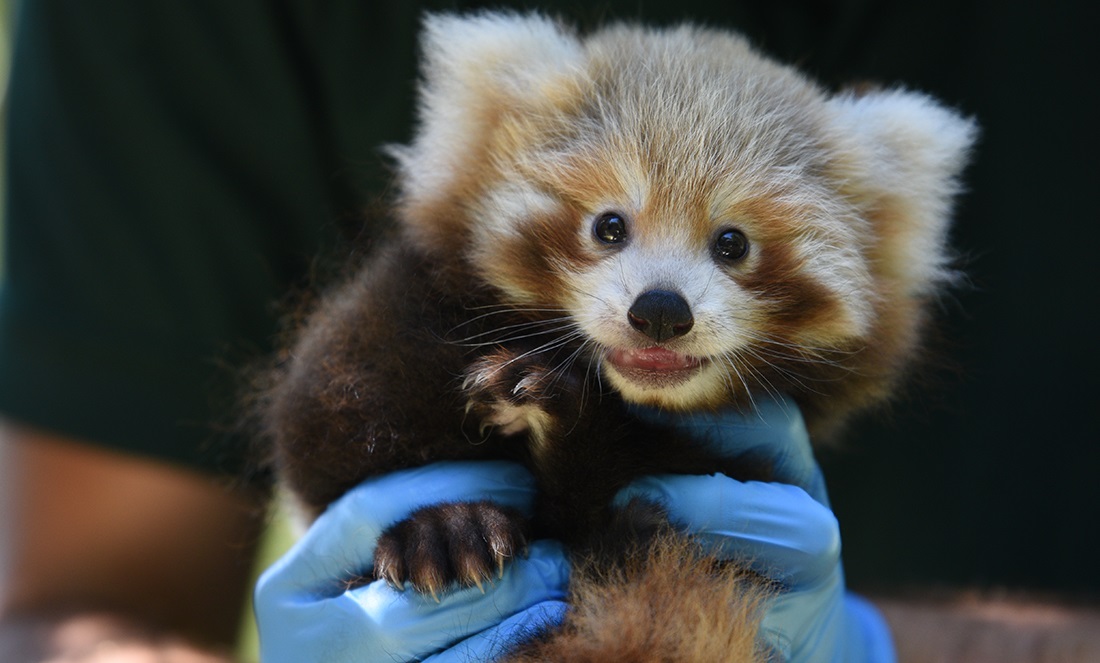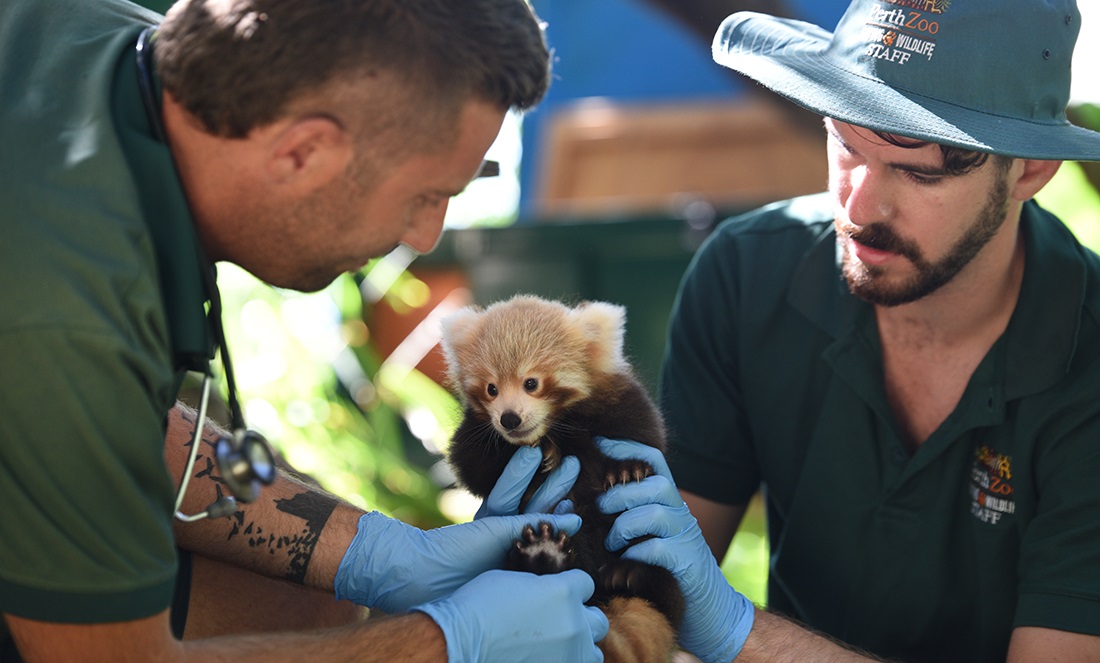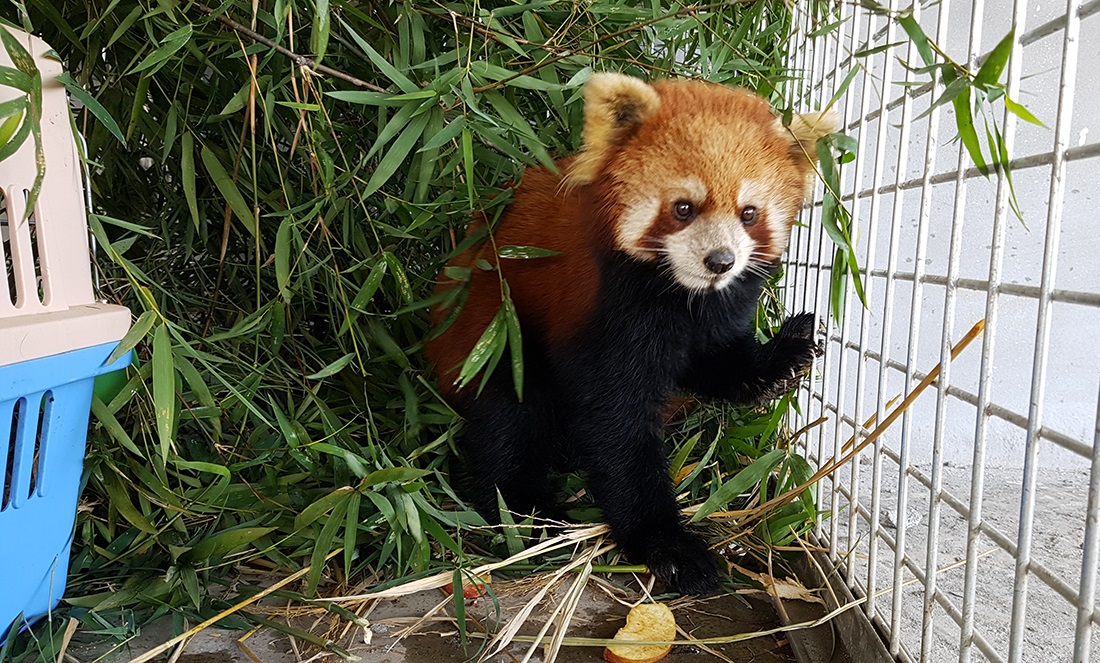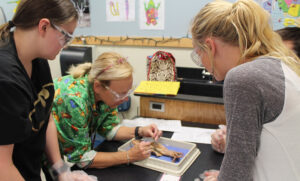Have you heard about Perth Zoo’s beautiful new baby?
The bouncing boy is 2 months old, and he’s the cutest little thing you ever did see.
But that’s not surprising, given he belongs to one of the most adorable species to ever grace our planet with their sweet, fluffy faces.
Prepare to say “awwww” …

He’s a Nepalese red panda cub. And while he will enjoy the safety and care of Perth Zoo, the rest of his kind are in trouble.
There are many threats facing our furry friends.
Panda problems
Deforestation is the biggest threat facing red pandas. It’s a result of the increasing human populations in China and Nepal. More people means more land cleared for agriculture, timber and fuel.
But even more tragic are the threats from the illegal pet trade and illegal animal parts trade.
A seizure of six red pandas by Free the Bears in Laos made their rescuers suspect they were destined for the exotic pet market.
Which would make it official that red pandas are too cute for their own good.
Devastatingly, three of the six red pandas died shortly after rescue. The poor conditions their captors kept them in had resulted in severe stress levels and they didn’t survive, despite veterinary staff’s best efforts.
And while I hope no one in Australia is fuelling the demand for red pandas as pets, just in case, let’s take a look at why they’d make terrible house guests.
Red pandas are not pets
First let me say—I get it. Red pandas are irresistibly cute. When I see them climbing in the trees at Perth Zoo, I can’t help but clutch my heart and exclaim, “I want one!”
But while they may look like big, cuddly kitty cats, these are endangered, wild animals. And they are much, much higher maintenance than a house cat.

They eat a lot. They poop a lot. They are pretty much pooping machines.
Since their main food source of bamboo has very little nutrients, there’s a lot of waste left behind. And we all know what happens next.
Aside from filling your house with unpleasant droppings, they’ll also scent mark everything with their anal glands. With all that panda stink around, no one will be wanting to attend your next dinner party.
And while to us humans a red panda’s eyes might cry out “Hug me!”, they’re actually far from cuddly.
Red pandas are mostly solitary, shy animals who enjoy their ‘me time’. Adult animals don’t always like interacting even with other pandas, let alone needy humans.
You know that old saying, “If you love them, let them go”? This is a pretty good rule of thumb with pandas. If you love them as intensely as I do, you won’t want to domesticate them because it will make them unhappy.
Red pandas don’t want our love. And as heartbreaking as that might be to accept, it’s time for us to move on. There are plenty of dogs out there who’ll appreciate our adoration and affection.

Breeding for the future
Perth Zoo’s latest bundle of joy is their 19th successfully reared red panda cub.
It’s all part of a worldwide breeding programme for the species. The programme is designed to provide an insurance population, which could later be reintroduced to the wild if the current threats were reduced and habitat was secure.
Perth Zoo is also working with its conservation partners Free the Bears and TRAFFIC to fight against trafficking and poaching of red pandas from the wild.
If you want to do your part, you can donate to Perth Zoo, Free the Bears or TRAFFIC, or just go down to Perth Zoo to visit the red pandas in person—as long as you can handle the cute!
All footage courtesy of Perth Zoo and Free the Bears.








